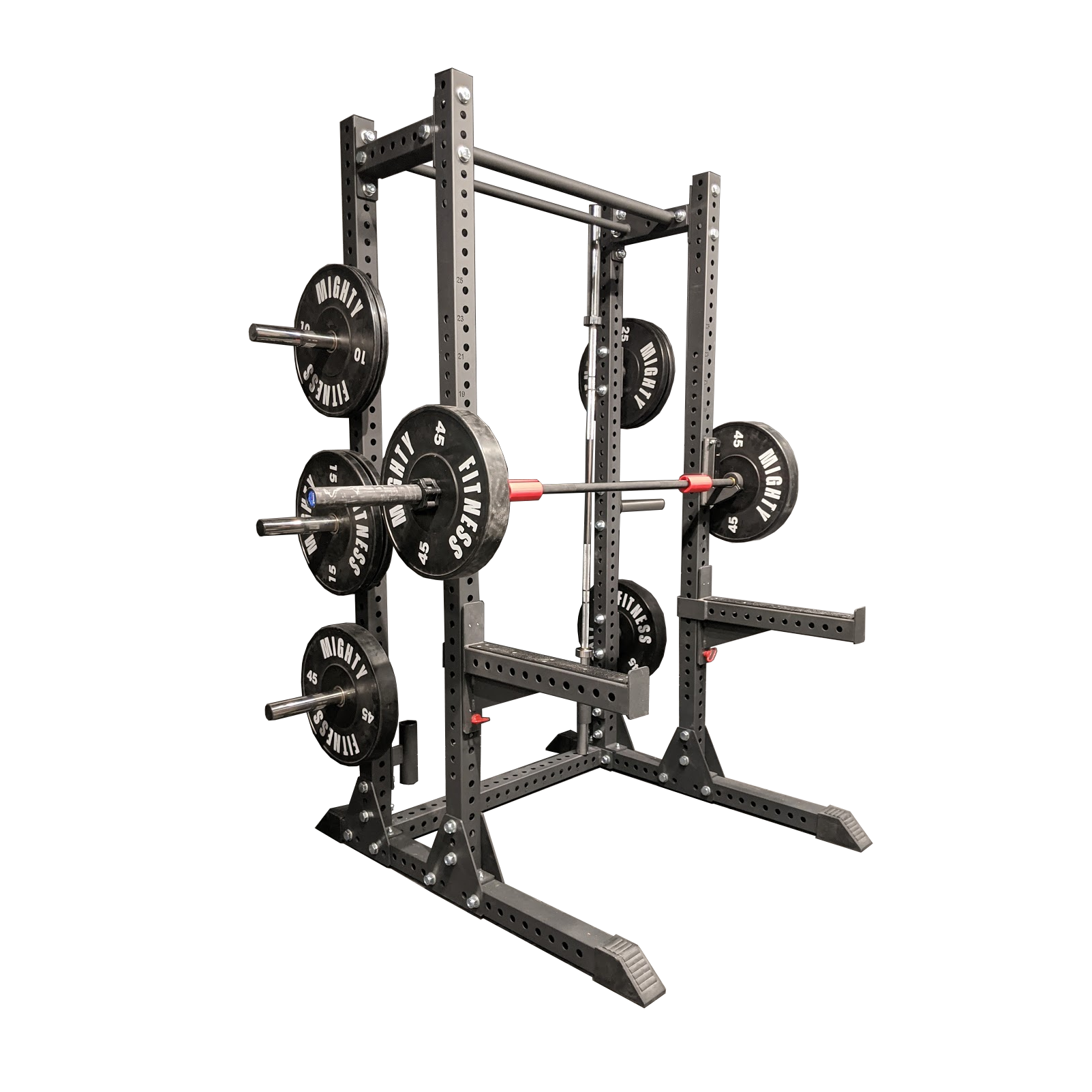Stretch, Before and After a Workout?
If you’re someone who’s spent time in a gym, then you’ve probably been told that it’s important to stretch. You’ve heard of doing it before a workout, maybe after a workout, and then there are some who say you don’t need to do it all. It can get confusing trying to decide what’s best for you.
In reality, stretching does have an important role when it comes to exercise and fitness. It can also be done before and after a workout. What matters most is what you do for stretching as well as how long you do it. There are wrong ways to stretch, and there are right ways to do it!
In addition, there are also different kinds of stretching exercises. What you choose to do will depend on the type of exercise you’re performing and the goals you have.
Now, let’s dive in and see what stretching is all about.

Woman stretching her back
Why Should You Stretch?
Stretching is not only good for reducing injury, but also a great way to prime the body for exercise (which reduces the risk of injury even more). Our muscles need to be “woken” up.
This can be done before your session in quite a short amount of time. If you’re working on your legs that day, then it’s smart to stretch out the legs a bit. It’s even more important if you have a certain muscle that’s lacking mobility or is injured. Taking time to focus on that area will end up benefiting you a great deal in the end.
Stretching is not just a warm-up before exercise, it is an exercise per se. The benefits it offers help make the most out of a workout session. It's a little effort that goes a long way.
Increases flexibility
If you observe a kid closely, you’ll realize that they have incredible flexibility. However, if you were to look at a grown adult, you’ll see they have a tough time reaching their toes. With age, our muscles lose flexibility. An overly tight and less flexible muscle can lead to injury in that particular muscle or even to another area in your body.
Stretching can make your body more flexible, and reduce the risk of injury. This doesn’t mean you need to have the ability to put your legs behind your head. You just need to regularly keep up with stretching to keep your body mobile. Now you know why all those sport starts are stretching before games.
Reduces Soreness
One thing that I’m sure all of us have experienced post-workout is body soreness. Because of the exercise, lactic acid builds up in your muscle which results in muscle tightening which ultimately leads to soreness.
Stretching not only flushes these acids out of the muscle, but also loosens the muscle, and this explains why stretching post workout leaves you feeling so relaxed. In fact, research has proved that stretching decreases muscle soreness in the body.
In addition to these more prominent benefits of stretching, it also improves
-
Posture
-
Blood circulation in the body
-
Sleep
What Kinds of Stretching are There?
When you think of stretching, you may think of reaching for the toes. However, it can be much more complex than that, and this is something that works to your advantage. There are two main types of stretching that can be used. They are STATIC stretching and DYNAMIC stretching.
Static stretching is the textbook idea of a stretch. You get into a position that hits a certain muscle or muscle group and you hold it. You hold this position and slowly work your way further and further into it. This loosens up the muscle fascia and allows you a greater range of motion. Now, this isn’t a quick fix at all. Shortly after your session, the muscle and its fascia can go right back to where it was.
Only by giving it some time, you can truly start to create a true change in flexibility using static stretching. It should also be noted that static stretching shouldn’t be done for extended periods before a workout if you are looking to strength train. Becoming overly flexible before lifting heavier weights can actually reduce the elasticity and stiffness required to move heavy loads. But, the same thing makes static stretching really great for post-workout.
Dynamic stretching, on the other hand, requires your body to be a little more supple and nimble. It involves taking your body through an active range of motion to loosen up the muscle tissue and warm the body up. For example, you can consider an air squat or bodyweight squat a form of dynamic stretching. You are actively moving through a range of motion to loosen the muscle tissue up and improve flexibility.
This form of stretching is quite popular because it takes out two birds with one stone. You are warming up and stretching at the same time. This makes dynamic stretching a favorite for individuals playing sports such as football or soccer.
Stretching Before & After

Gym class stretching during yoga
Both sides of the coin have their own benefits. It is up to us to figure out if one or even both of these suits us, and go well with our workout routines.
Stretching before a workout can help reduce injury and warm up the muscles. However, you want to make sure you are only doing a little bit of static stretching and more dynamic stretching. This is due to the previous comment on reducing the stiffness in the muscles to an extent that power cannot be produced.
Roughly 8-10 minutes of static stretching is plenty while using multiple stretches. The majority of a pre-workout warm-up should be spent doing dynamic stretching that resembles the movements that are going to be performed. For example, you would do some sort of squatting if you were to be squatting that day. Doing things in this way before a workout is going to warm up the muscles, remove soreness from previous sessions, and mobilize your muscle tissue to hit a certain range of motion.
Stretching after a workout is just as important. Ideally, this is where you should bring in more static stretching. The goal of this time is to take advantage of the warm muscles and work on your range of motion. It’s also going to help move some of that lactic acid out of the tissue to reduce soreness. Think of this as proactive for future sessions. Static stretching can include exercises like holding your knee up to your chest.
So basically, dynamic stretching is warmup and preps your body for the workout ahead, whereas static stretching is a cooldown and relaxes your body afterward.
Exercises
Here are a few stretching exercises you can try out.
Pre-workout / Dynamic stretching
- Lunges
- Jumping Jacks
- Squats
Post-workout / Static stretching
- Quad Stretch
- Shoulder Stretch
- Toe touch
- Complete Leg stretch

Man stretching his core
Conclusion
It’s important to stretch. Now, there are multiple ways to do this and there are “right places, right times” for them as well. If you use the above recommendations when it comes to your stretching routine, you’ll notice less soreness and a better range of motion. In addition, you’ll do a great job at reducing your risk of injury during future sessions.
Flexibility is something that we are given but will lose if we let it go. But, always remember stretching won’t instantly start to showcase its benefits. You’ll need to make it a permanent part of your workout routine if you want it to work to your advantage, and that takes dedication. Taking strides to improve in this area will be something that you see a benefit from for years and years.



